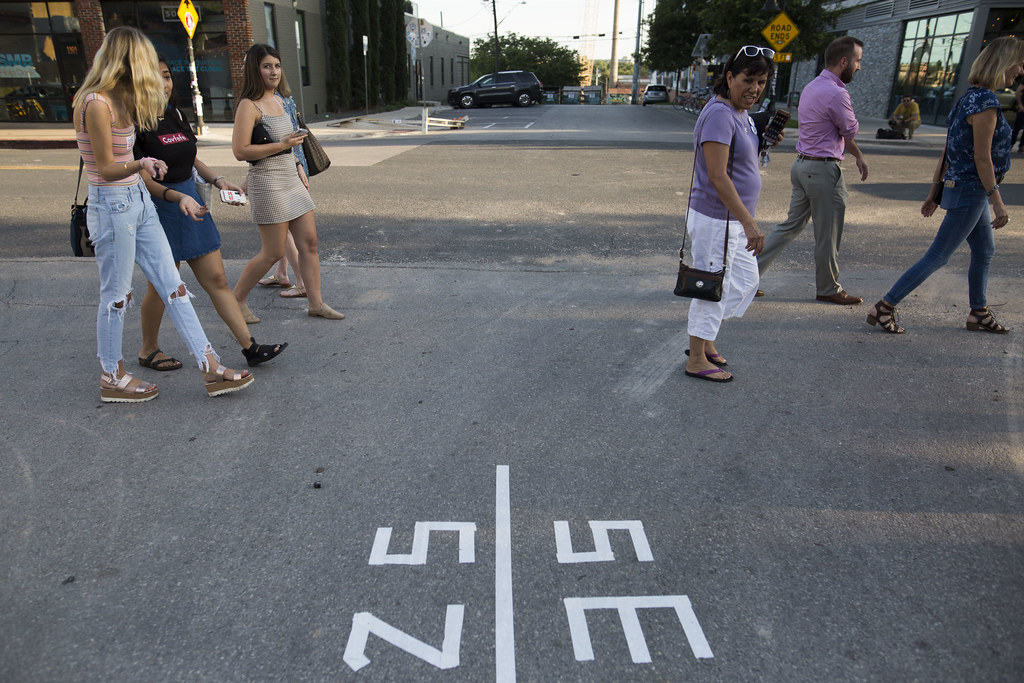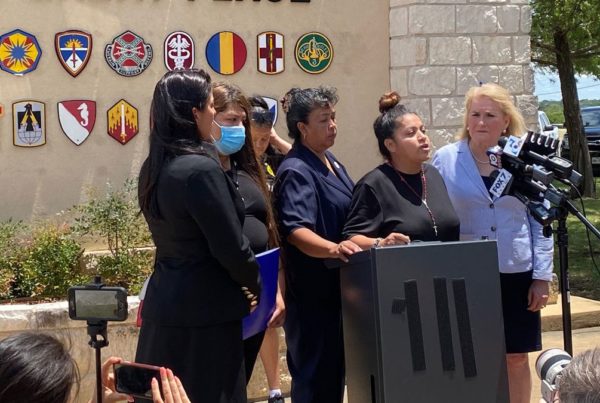Politicians and experts have long viewed 2020 as a year that would alter the direction of the country for the next decade. That’s because it’s not only an election year; it’s a census year. And after the census count is submitted, lawmakers in Texas and elsewhere will start redrawing political district boundaries in 2021 based on those census results.
But that process has often been controversial, and it could be even more so this year with census workers trying to complete the count in a shorter amount of time.
Michael Li who focuses on redistricting, voting rights and elections for the Brennan Center for Justice at New York University School of Law, told Texas Standard that looking back at how past census counts affected redistricting can help us understand what to expect in 2021.
“Texas is a fast-growing state,” Li said.” It’s estimated to have added about 4.3 million people since the last census – the fastest-growing state in the country. And, as a result, it’s going to gain three new congressional seats. That is, if if the census response rates hold up. … If it holds up, Texas will be the big winner, and you’ll see a lot of changes in the maps as a result of that.”
Packing And Cracking
“Packing” and “cracking” are terms use to describe two of the main tools political parties use to redraw political maps in their favor.
“You cram people,” Li explained, “either into a district, or you split them up in order to adjust how districts perform. And oftentimes it’s people of color who are packed and cracked. You’ll stick, for example, African Americans and Latinos into one district instead of spreading them out among other districts. Sometimes it’s Democrats; sometimes it’s Republicans [who do it].”
Packing and cracking can help politicians create districts that will perform the way they want on Election Day, Li said. And and that means adjusting the number of people in that district who will likely support a particular party – or eliminating those who don’t.
Single-Party Control
“The No. 1 thing that drives bad maps is single-party control of the process,” Li said. “Whether that is a single party control by Democrats or single party controlled by Republicans.”
Li said that in the last decade, Republicans were in control of a lot more states, and the political maps reflected that control. But Democrats would have easily done the same had they had the power to do so, he said.
“It is almost irresistible for lawmakers to use the power to draw maps primarily based on political considerations, whether that’s to give their party an outsized advantage or to protect incumbents. And when that happens, communities get pushed by the wayside,” Li said.
Contentious Redistricting In 2011
“For five decades now, Texas has had every map that it’s drawn challenged in court. And every decade, at least, parts of those maps have been struck down for discriminating against communities of color,” Li said.
That was true when Democrats drew the maps, and it’s been true since Republicans have been in charge of the process. (The power to decide political districts usually comes from the majority party in the Texas Legislature.)
“Last decade was an especially bad decade,” Li said. “Texas grew by about 4.2 million people, two-thirds of whom were Latino, and more than 90% of whom were non-white. Yet, the Republican-controlled Texas legislature created no new electoral opportunities for Black or Latino communities.”
But that resulted in a flurry of litigation. Two courts found the maps intentionally discriminatory, and were partially redrawn by another court. But critics, especially those in communities of color, argued the fixes were only partial.
2021’s New Redistricting Year, And The Pandemic
Li said Texas’ population growth in the past decades was driven primarily by communities of color.
“Only 13% of Texas growth last decade was white; about 55% was Latino and the rest was Black or Asian. And so there’s going to be a lot of pressure on lawmakers to create additional electoral opportunities for communities of color. But a lot of that’s going to depend on the census,” Li said.
Unlike other states, Texas hasn’t invested any money into census operations. California, by contrast, has spent over $100 million on its count.
“Response rates are lagging in Texas, and the pandemic doesn’t help,” Li said. “And it doesn’t help that the Trump administration has said that it’s got to try to rush the census to completion, even though experts have said that that’s foolish and will only result in an undercount. And that could be a real disaster for Texas.”














